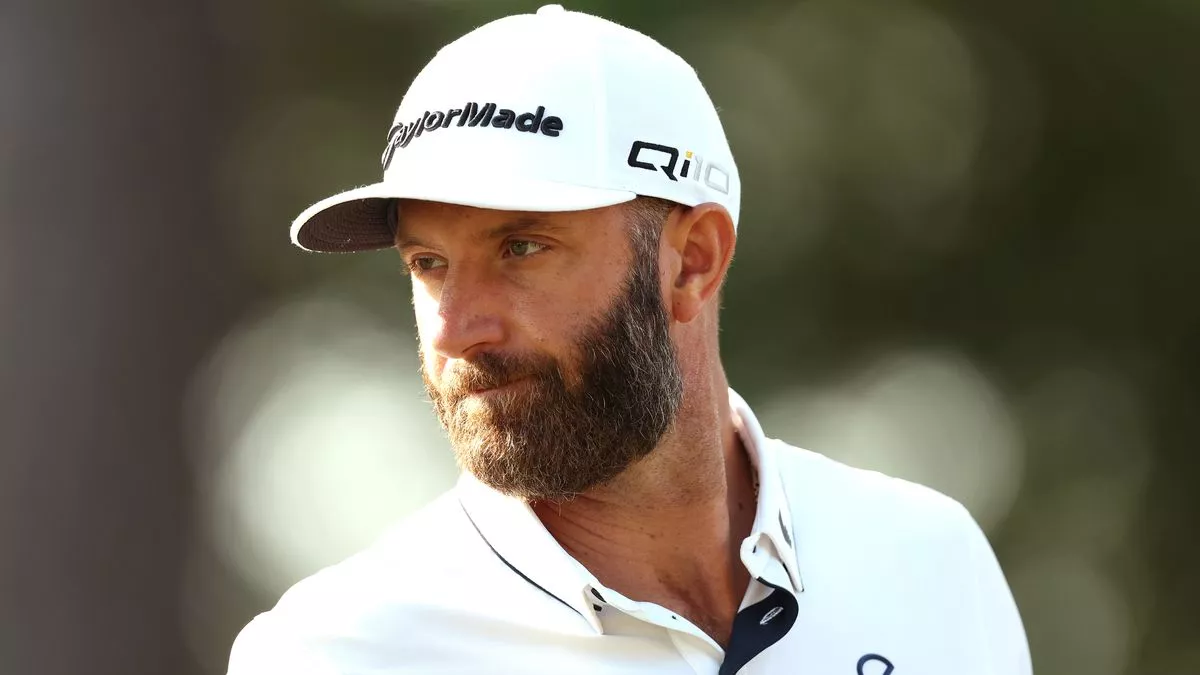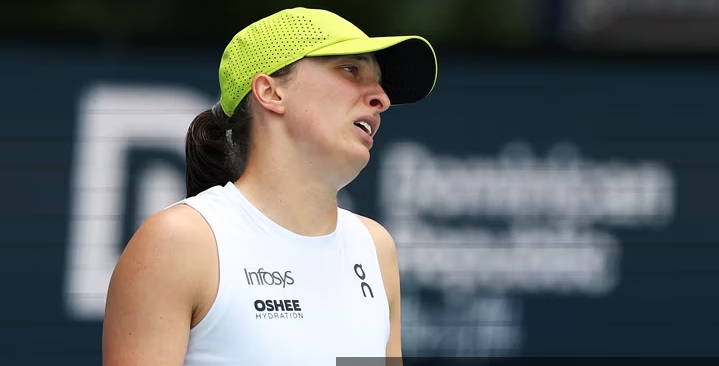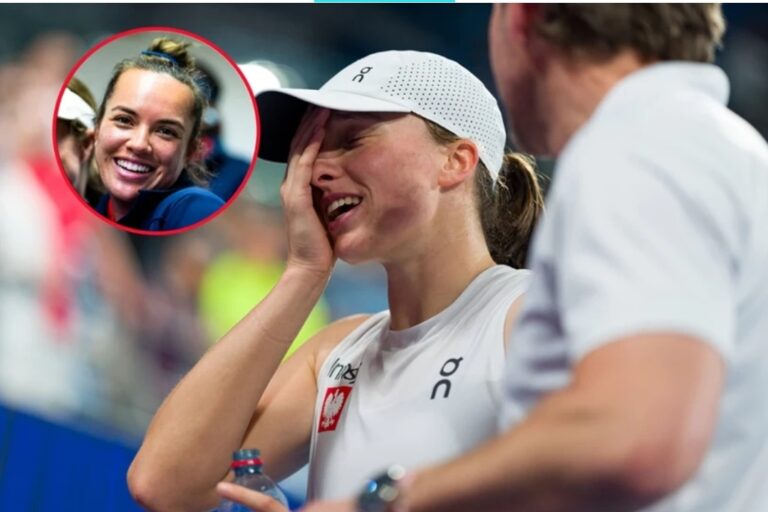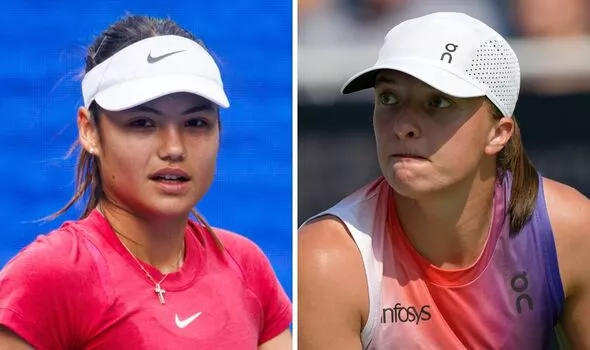Dustin Johnson’s team fear impact of ‘trade-offs’ from £118m LIV Golf move after U.S. Open disaster
Dustin Johnson’s £118m LIV Golf Move: Boon or Bane? Inside His U.S. Open Setback and the Unseen Trade-offs
Dustin Johnson, a two-time major champion and former Masters winner, faced a crushing disappointment at the U.S. Open, marking the latest in a series of setbacks since his high-profile move to LIV Golf. Johnson’s second round at Pinehurst No.2 turned into a nightmare, as he carded a five-over-par, bringing his total to ten-over-par and missing the cut by a significant margin.
Johnson’s troubles have not gone unnoticed. Since his lucrative £118 million ($150 million) deal with the Saudi-funded LIV Golf series, his performance in major championships has taken a noticeable hit. Despite his success on the LIV tour and substantial earnings, concerns have emerged within his inner circle about the impact of his move on his major tournament preparations.
Renowned golf journalist Alan Shipnuck recently highlighted these concerns, noting that Johnson thrives on routine and ample preparation time before major championships—luxuries that have been compromised since his shift to LIV Golf. Shipnuck shared insights from Johnson’s team, suggesting that the lack of dedicated preparation time has negatively affected his performance. “Yeah, I know he took barrels of money and that comes with trade-offs. Just trying to add some context for his poor play in the majors,” Shipnuck posted on X.
Johnson’s preparation for the Open Championship in 2023 exemplifies this issue. He spent three weeks playing abroad, leaving him insufficient time to gear up for the major, which resulted in him missing the cut. This pattern repeated at the Masters earlier this year.
Not all LIV golfers have shared Johnson’s woes. Bryson DeChambeau, who also joined the breakaway league, has thrived, demonstrating that success in LIV Golf and major championships isn’t mutually exclusive. DeChambeau entered the U.S. Open’s Saturday session joint second after stellar first two rounds. His recent major performances have been impressive, with a tie for sixth at the Masters and a second-place finish at the PGA Championship, narrowly missing the title to Xander Schauffele.
Johnson was not the only big-name golfer to falter at Pinehurst No.2. The tournament saw several top players from both the PGA and LIV circuits struggle and miss the cut. Viktor Hovland, Adrian Meronk, Phil Mickelson, and Tiger Woods also faced difficulties with the challenging greens.
Tiger Woods, a golfing legend, hinted at the potential end of his U.S. Open journey, expressing uncertainty about future participation. “It may or may not be,” Woods said when asked if this was his last U.S. Open. He acknowledged that the upcoming British Open might be his final tournament of the season and cast doubt on his appearance in future PGA Tour playoffs.
Dustin Johnson’s predicament underscores the complex trade-offs professional golfers face when navigating the evolving landscape of the sport. While the financial allure of LIV Golf is undeniable, the impact on players’ performance in traditional major tournaments raises critical questions.
As Johnson and his team reassess their strategies, the broader golfing community continues to watch closely, pondering the true cost of such high-stakes decisions. The contrasting fortunes of Johnson and DeChambeau illustrate that the path to success in golf’s new era is far from straightforward, with preparation and adaptability proving crucial.
The next few tournaments will be telling for Johnson. Will he manage to strike a balance between his lucrative new commitments and the rigorous demands of major championship golf? The golfing world awaits, eager to see if the former Masters champion can reclaim his dominant form amidst the shifting sands of the sport.






